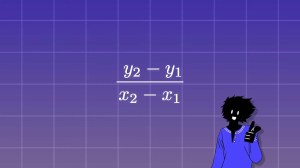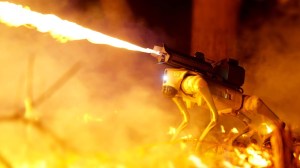In the fourth episode of his “Axe to Grind” series, prolific essayist Noah Lefevre of Polyphonic takes a look at how the 1970s became the “Golden Age” of the guitar solo, noting how Jimi Hendrix was one the primary forces behind the trend.
When the 70s arrived it was a time of Hope for guitarists everywhere the Psychedelic revolution had birthed a new era of radical creativity and Jimi Hendrix was still going strong as its leader on the first night of the new decade Hendrix stepped onto the stage of New York’s Fillmore East … he proceeded to play a set that included “Machine Gun” a song that extended the sort of sonic painting he awed the world with at Woodstock.
Sadly, Hendrix died shortly after that show. But he left behind a huge legacy of putting the guitar solo at the center of a song rather than as an accompaniment to chords.
Lefevre pointed out such legendary guitarists as Jimmy Page, Eddie Hazel, Neil Young, David Gilmour, Frank Zappa, Steve Hackett, Brian May, Tony Iomi, Ritchie Blackmore, Angus Young, Eddie Van Halen, and others who followed in Hendrix’s footsteps.
The Psychedelic Blues movement of the 1960s had birthed a new style of guitar that felt expansive but approachable …The 1970s saw guitar solos spin off in all sorts of new directions, each powered by Jimmy Hendrix’s ethic of innovation and passion…






